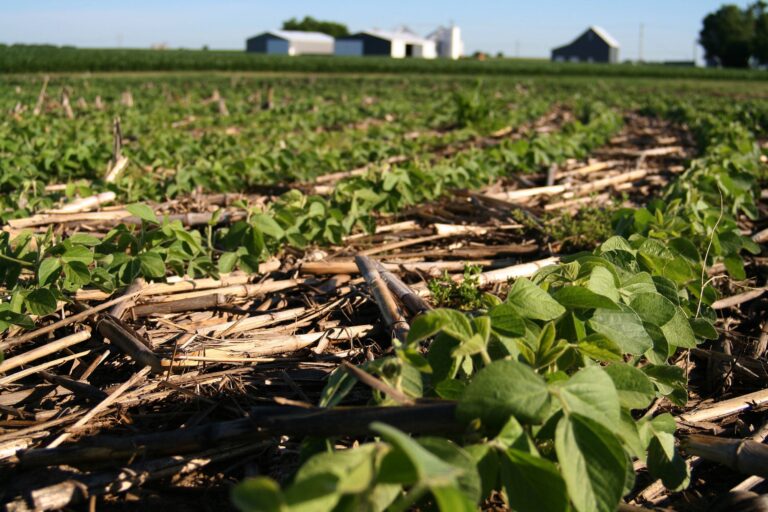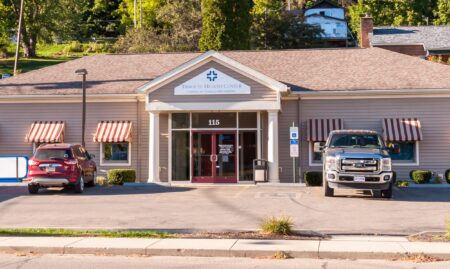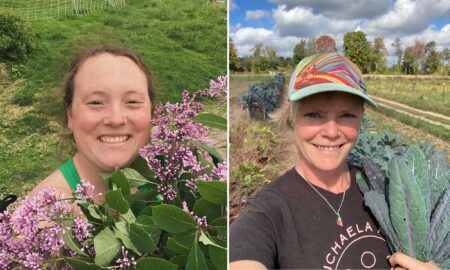In The Wizard of Oz, Glinda the Good informs Dorothy that to get home, “You’ve always had the power, my dear. You’ve had it all along.” Whether they realize it or not, farmers, like Dorothy, have also always had answers to some of the most pressing questions.
The way to true economic and environmental sustainability in agriculture does not lie in some soil additive or special piece of equipment, because those are tools, not solutions. Finding the answer to a particular dilemma comes from asking the right questions. How does the soil (or ruby slippers) truly function? Healthy soil can perform all of the functions that are needed to successfully grow a crop if the farmer understands how to manage soil as a biological system that it is.
The power to break away from a cropping system that continues to degrade the soil, over to a system that regenerates the soil, has always been at hand. You only need to change the way you look at the soil to understand how it works.
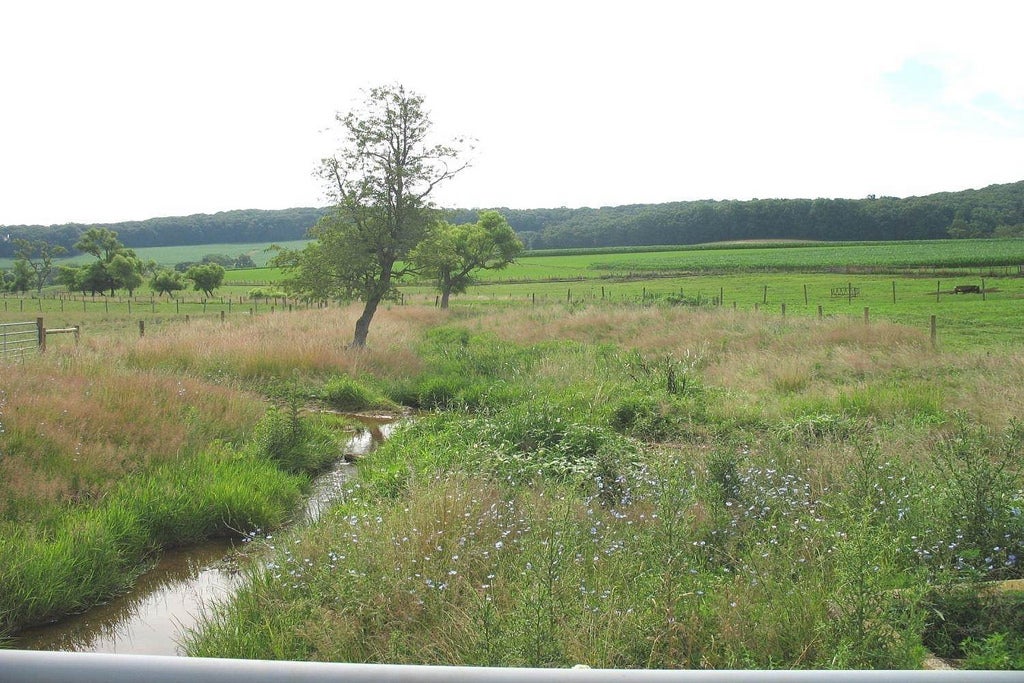
You truly do have the power to restore the capacity of your soil to provide everything your plants need to grow — right now. Take inventory of all the tools that you have at your disposal: tractor, drill and/or planter, sprayer, combine, picker, baler, fences, livestock, etc. These tools can be used to degrade the soil or build the soil. A hammer can be used to knock walls apart or to nail them together, it just depends upon how you use it and understand what needs to be done.
The only things the soil needs to restore itself are water, sunlight, and seeds. Live growing plants leverage water and sunlight to feed and build the soil as they have done for ages. Devoid of human intervention, a degraded soil will restore itself using water, sunlight, and whatever plants happen to grow there. Over time, the soil will remain undisturbed, be covered with multiple species of plants and their residues, and restore itself to health (the full capacity to function).
If soil can restore itself without our help, it certainly can restore itself with our help, if we understand how such restoration happens.
Soil functions as a biological system. That’s all you really need to know. If you allow the soil to be the best habitat possible for all of the things that should be living there, the soil will restore itself. A best possible soil habitat would be where the soil is not disturbed by tillage, has a diversity of plants growing in it as much of the time as possible, and is covered by plants and their residues at all times. Such a soil readily infiltrates and stores water and cycles all the nutrients a plant might need just when the plants need them.
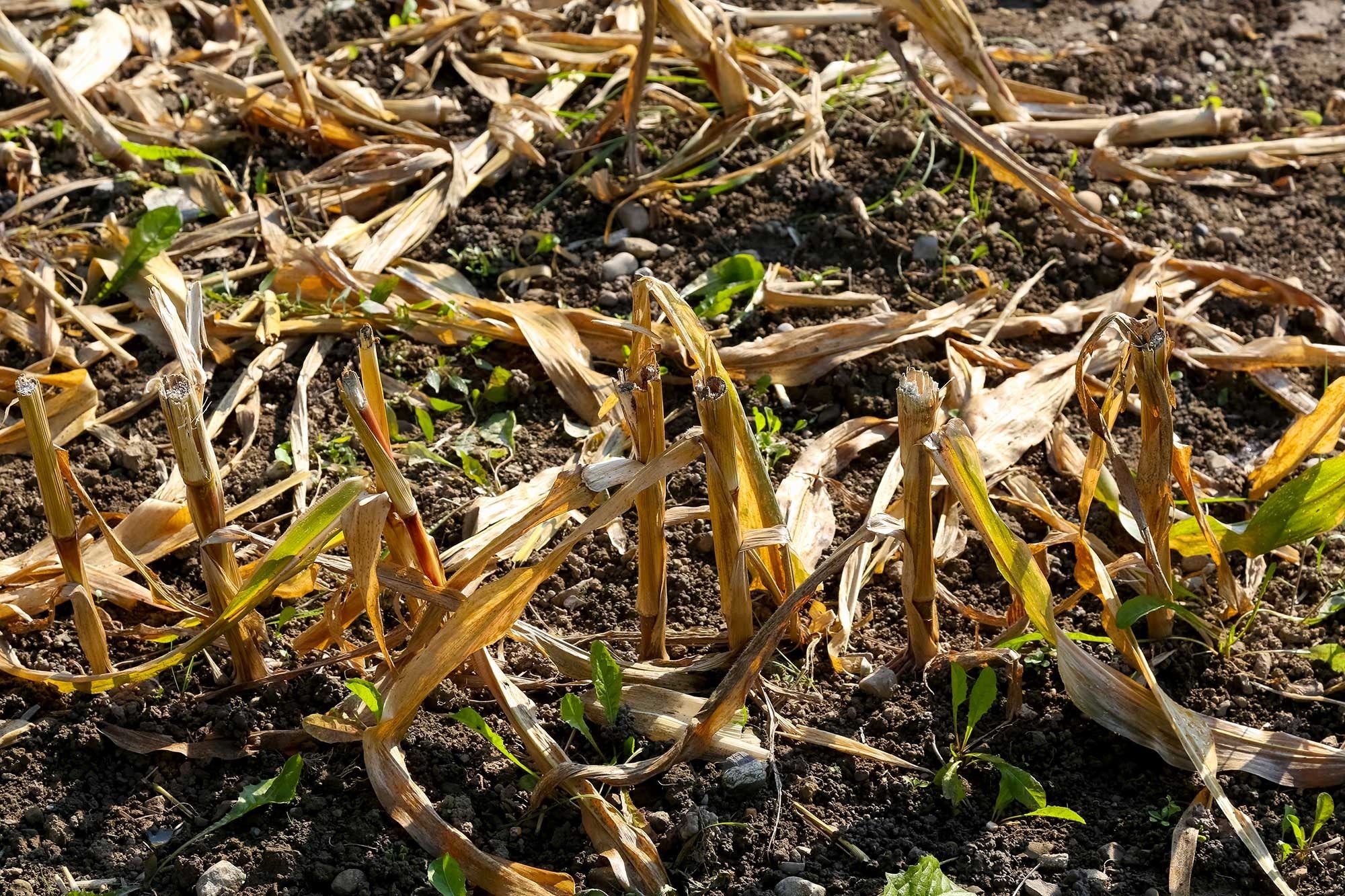

A healthy functioning soil is very efficient, so it is also profitable, because neither water or nutrients are wasted. In times of volatile markets, the greatest way to increase profits is usually to be the lowest cost producer. Agriculture has developed many businesses based on helping producers maintain crop yields on dysfunctional soil. Restoring soil function (a.k.a. regenerative agriculture) allows producers to break their dependency on (and therefore dramatically reduce) purchased inputs such as fertilizer that can keep dysfunctional soils productive.
Living plants are the key to soil restoration and therefore seeds become the most critical input of all. The only requirement for such a transformation to take place is a change in how we understand and manage the soil.
We do not need more wizardry in agriculture, just a better understanding of how the soil functions. Like Dorothy, we only need to understand how the tools we have at hand can be used to achieve our goal. That goal should be fully functioning soil which enables profitable production. We’ve always had the power to get there. We’ve had it all along.
Jon Stika is a retired Natural Resources Conservation Service soil health instructor and current part-time professional at the North Dakota State University Dickinson Research Extension Center. He is also the author of “A Soil Owner’s Manual: How to Restore and Maintain Soil Health.”


:max_bytes(150000):strip_icc()/44467609092_de0dd33a28_o-ea570461a64240d9bdad9717b3374b48.jpg)
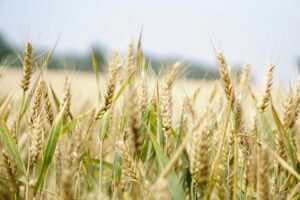
:max_bytes(150000):strip_icc()/Markets-2-Storm-candlestick-up-9-4bd8982c0a6b4c0e9e01a0d2bcb070ed.jpeg)


